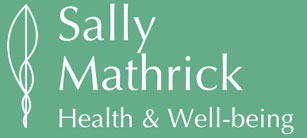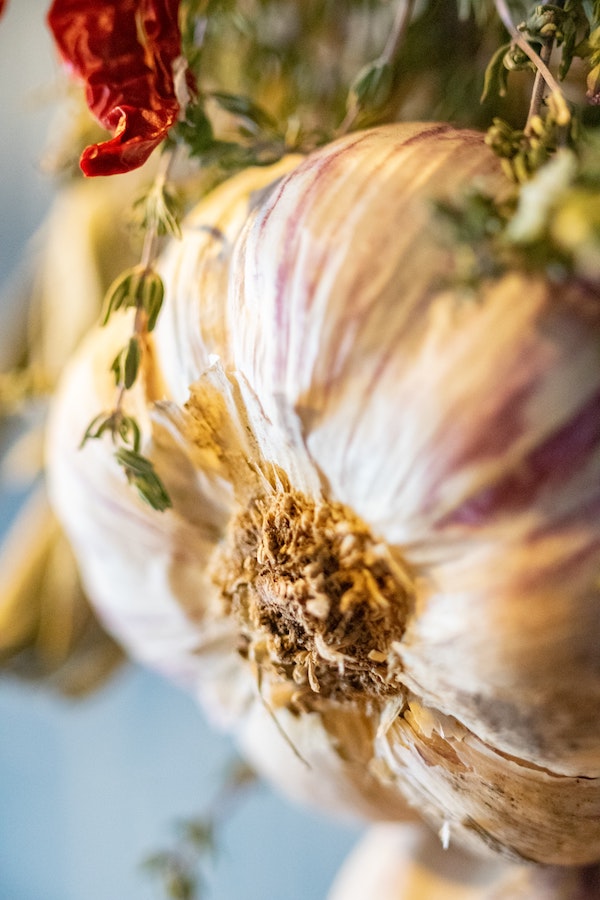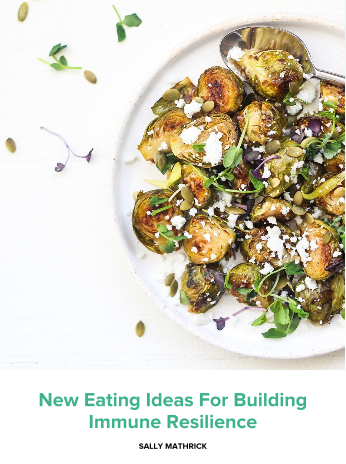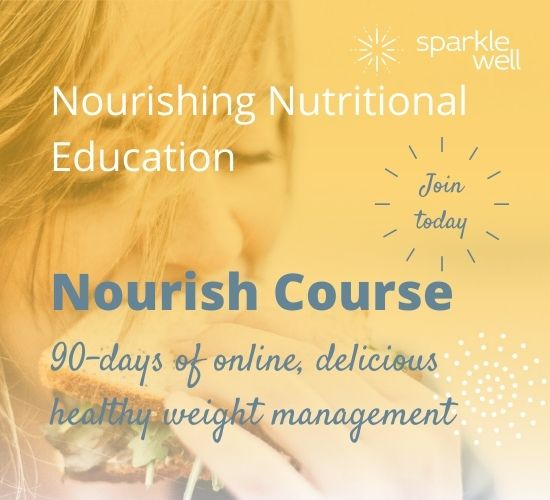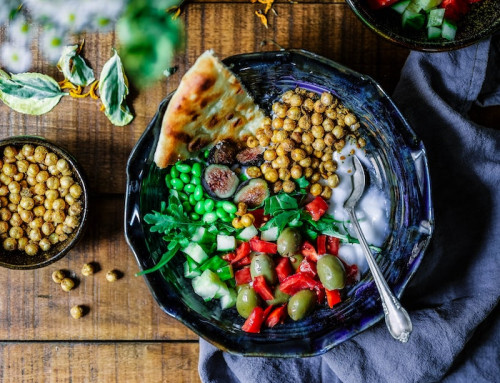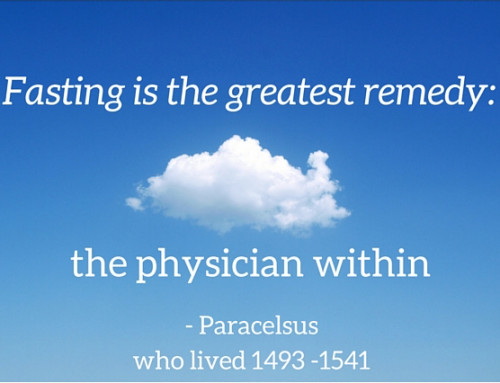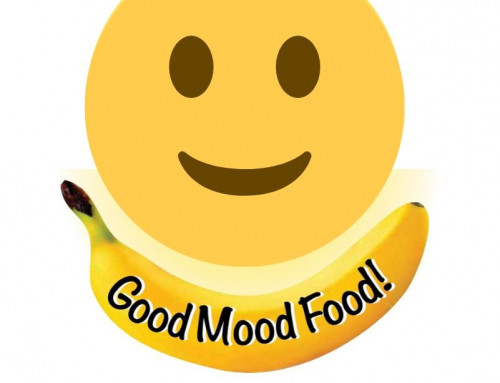Everybody needs basic building blocks for competent immune function
Immunity is a complex, highly individualised system that interrelates with all other systems of the body. Yet, everybody requires basic nutrients for their immune system to function.
(7 minute read)
There’s good evidence identifying the key nutrients for competent immune function. These include good proteins, vitamins A, B6, B12, C, D, E and folate, minerals and trace elements zinc, iron, selenium, magnesium and copper, and omega 3 essential fats, and let’s not forget providing adequate food for our gut microbiota population balance and function. See end of blog for lists of foods rich in these key nutrients AND download the Recipe Book!
Sadly, to be told to “eat well” is not sufficient nutrition Public Health advice.
In my clinical experience, when someone says they “eat well”, they commonly go on to describe a diet rich in packaged and processed foods (which means too many, poor quality carbohydrates, fats and proteins) and poor in fresh and whole foods (which means lacking many essential minerals, vitamins, good fats, trace elements and phytonutrients).
Nutritional Confusion
‘Nutrition wash’ is rampant in food marketing, lobby pressure for national nutrition standards, food trade tariffs, food production chain requirements, not to mention affordability and accessibility. All of these elements have confused consumers about what to eat.
“Eating Well” has been hijacked.
The general population, who hasn’t undertaken nutritional education, is easily persuaded by vested interest and think they are eating well, when they could be missing a range of important nutrients. The quality of the Western Pattern Diet is deficient, and a contributing factor to our poor health statistics, already challenging our hospital capacity.
“Eating well” requires unbiased education to ensure people know how to meet their body’s need for essential nutrients. Could part of our pandemic response be to educate people about the foods they need to eat to ensure competent immune function?
Imagine the nightly News having a cooking segment describing the latest delicious recipe… TONIGHT – Quinoa Tabouli, rich in iron, vitamin C, folate, proteins …
In addition, our food system is based on unsustainable and agricultural practices that denigrate the soil, and sadly, is more about business than nutrition.
Changing the pattern of the average diet could positively influence both under nutrition AND environmental degradation.
The Nutrients Essential for Immune Function
There’s ample evidence (Calder et al 2020) showing that deficiencies in various nutrients increase the likelihood and severity of viral illnesses. These nutrients have low risk profiles and high level benefits when used appropriately. Because they are found naturally in foods, nutrients cannot be patented and therefore are often a lower cost item for consumers.
Including all specific nutrients needed for the immune system to function in our daily diets is ideal, though lofty. See food lists below and eat regularly from each of them!
Taking a multivitamin and continuing to eat poor quality food could provide support for general health. Sadly, there’s insufficient evidence that multivitamins provide protection or reduce the risk of acute respiratory tract infections (Cramer et al 2020).
Vitamin C may assist reducing symptoms of acute respiratory viral infections, and reduce the duration of hospital stays according to an analysis of five systematic reviews of randomised control trials (Schloss et al 2020). Doses of Vitamin C ranged significantly throughout the various trials, though increased with signs and symptoms of illness. Generally speaking, only 500mg of Vitamin C can be absorbed from a single dose.
Indirect evidence suggests zinc may reduce the risk, duration and severity of SARS-CoV-2 infections, particularly in populations with zinc deficiency (Arentz et al 2019). These populations include the elderly and people suffering chronic diseases, like obesity, cardiovascular disease and diabetes type two. These chronic diseases also share inflammatory internal environments (See Blog 3 for further discussion).
Dosage and form of zinc supplementation is broad and varied. If you are deficient in zinc, various forms of supplementation are most likely to be effective and well tolerated, if taken on a full stomach (with meals).
Interestingly, signs of zinc deficiency include diminished taste and smell. These are also key COVID-19 symptoms. A correlation doesn’t mean causation, however worthy of considering in our broader minded approach to the pandemic, given how essential zinc is to immune function.
Vitamin D
Vitamin D, ‘the sunshine vitamin’, is shown to reduce the risk of acute respiratory infection in people who are deficient or have respiratory weakness (Bradley et al 2020). Whilst mostly acknowledged for its role in bone health, Vitmain D plays an important role in both mood and immune function.
This paper (Brighthope, Sali, Ried 2021) argues that the benefits of Vitamin D3 supplementation far outweigh the risks, to help people throughout this pandemic, particularly those most vulnerable. Rubins (2021) also published a political and economic commentary about Vitamin D3 supplementation, communications and funding of research.
Key considerations about Vitamin D levels are:
- After 65 years, skin’s capacity to naturally manufacture Vitamin D3 reduces significantly. Meaning older people more likely to develop deficiency
- As a fat soluble vitamin, we build up levels over summer to get us through the winter. This means, if you’ve slip, slop, slapped effectively, you may not have built up sufficient stores, especially for the later parts of winter and early spring
- Living above or below 37 degrees latitude (which includes Melbourne and Adelaide) means the UVB rays that generate Vitamin D aren’t beaming down. So you can’t make any Vitamin D, even if you run around outside, naked, all day from March 21 until Sept 21
- Darker skinned people and people who are mostly covered in cloth are more likely to develop deficiencies. Many Australians are deficient in Vitamin D (Tsin Fong Voo et al 2020)
- Vitamin D can be tested in the blood. Optimal level is somewhat contentious, however general consensus amongst practitioners working in optimal and preventative health is 75, and aiming for 100. Deficiency is considered less than 50.
- Supplemental form of Vitamin D3 is the most effective
- Vitamin D levels SIGNIFICANTLY IMPACT MOOD
Could COVID-19 remedies be under our feet or in our kitchen cupboards?
Recently common dandelion leaf has been shown to block SARS-CoV-2 from attaching to the ACE2 cell surface receptor in test tube studies (Hoai Thi Thu Tran et al, 2021), suggesting it could play a role in reducing the ability for the virus to enter into human cells and tissues.
Imagine walking to a patch of grass and picking off some dandelion leaves (Taraxacum officinalis) to make a strong infusion that effectively bolster your immune protection from the virus…
Similarly, Nigella Sativa, aka black seed, when combined with zinc, showed the potential to also block the virus accessing the body (Rahman 2020).
In order to really live with the virus, let’s encourage the exploration of foods and herbal medicines that could help us manage it better!
There’s been decades of denigration towards natural and herbal medicines.
However, these are tenacious medicine traditions, drawing on vast apothecaries of gentle and supportive natural medicines, that have multiple impacts on human physiology.
For example turmeric root (Curcuma longa) has a list of actions including anti-inflammatory, antioxidant, anti-platelet (reducing clotting), supportive of bile flow and protective of the liver (Thomsen M, 2005). Herbal actions are many and varied, and in regards to this current pandemic, could be drawn upon to enhance break down mucous (mucolytic), as antivirals, anti parasitics, modulators of immune function, supportive of lung function or healthy stress response. There is evidence for their use, collated over the centuries, plus mounting scientific validation. Again, this isn’t either natural OR western medical, we can use both!
What would it take to include natural solutions in our public health approaches?
There is growing evidence for herbal medicines to assist with acute respiratory infections, more so in the earliest phase of infection, specifically for Sambucus nigra (Elderberry) (Harnett et al 2020), Echinacea spp (Echinacea) (Aucoin et al 2020) and Hedera helix (Ivy Leaf) (Barnes et al 2020). Used correctly, these present very low risk, and good benefit.
Find a local herbalist or naturopath in your area to guide you through your decision making, to ensure your needs are met safely and adequately.
Many natural medicines’ risks are low, and potential benefit high.
Lists of Foods Rich in Immune Nutrients
Vitamins A – Liver, kidney, eel, full fat milk, eggs, cheese, butter and oily fish. As beta carotene; Carrots, broccoli, green leafy veg, winter squash, sweet potato, red pepper, mango, pumpkins, cantaloupe, dried apricots and peaches
Vitamin B6 – Wheat germ, bananas, potatoes, turkey, fish, nuts, sesame seeds, peppers, avocado, all cruciferous vegetables, especially Brussels sprouts, cauliflower and watercress
Vitamin B12 – Seaweed (algae), fortified yeast extract. All animal foods especially fish, beef, eggs, cottage cheese and milk
Vitamin C – Green leafy vegetables, raw blackcurrants, citrus fruit, strawberries, peppers, guava, tomatoes, capsicums, potatoes, and broccoli
Vitamin E – Nuts and seeds (especially sunflower seeds, almonds, hazel nuts and pine nuts), wheat germ, good quality sunflower oil, broccoli, green leafy vegetables, sweet potatoes, oats, avocados and wholegrain cereals
Folate – Dairy, poultry, meat (liver and kidney particularly), seafood, fruits and fruit juices, nuts, cereals and vegetables. Highest in yeast extract, spinach, green leafy veg (parsley, watercress, spinach, endive, purple sprouting broccoli), raw beetroot, liver, peanuts (in the shell), Lima and kidney beans, Brussels sprouts and broccoli
Zinc – Highest sources: organ meats and mammals, fowl, fish and crustaceans and oysters are richest. Cereals and legumes (except for the phytates blocking absorption), lean beef, baked beans, cashew nuts, egg yolks, ginger, herrings, liver, milk, lamb, sunflower seeds, pepitas (pumpkin seeds) and wholegrains
Iron – Red meats, red kidney beans, lettuces and greens (particularly with purple or red colouration), apricots (also dried), clams, oysters, parsley, pine nuts, soybeans (tofu), sunflower and pepitas, poultry, wheat germ, yeast, liver, kidney, game (especially pigeon), venison and partridge, whitebait, seafood (in moderation due to toxicity), oily fish especially sardines and pilchards, prunes, some breakfast cereals are fortified with iron and broccoli
Selenium – Organ meats, seafoods, muscle meats, cereals and grains, dairy products (cottage and ricotta) and fruits and vegetables, Brazil nuts, walnuts, wholegrain cereals (rice, oatmeal, wheat), sunflower seeds, seaweed and some meats
Magnesium – Wholegrain cereals, wheat germ, nuts and seeds, shrimp, winkles, okra, chard, soya beans, tofu and dried apricots
Copper – Shellfish, liver, wheatgerm, curry powder, wholegrain cereals, prunes, legumes and cacao
Omega 3 essential fatty acids – Hemp seeds, chia seeds, flaxseed, walnuts, sardines and mackerel
Learn how chronic low-grade systemic inflammation can worsen COVID-19 outcomes, and how to reduce inflammatory tendency in the next blog.
Community Chat on Natural Supports during Pandemic
from Sally Mathrick April 5, 2020
Video Timing Overview
0 mins – Introduction – What is Covid-19
4:10 mins – Mind hacks to build resilience
6:08 mins – Vagal tone breathing practice for anxiety reduction
9 mins – Physical distancing and spreading the virus
15:50 mins – Immune enhancement methods – Barriers of heat
19 mins – Powerful digestion
20:30 mins – Mucous membranes
26:40 mins – Immunity and its interfaces – Psycho – neuro – endocrine – immuno
28:50 mins – Foods and nutrients for immune function
36:50 mins – Lifestyle Medicines for immunity
38:00 mins – Our opportunity, Q&A and chat
